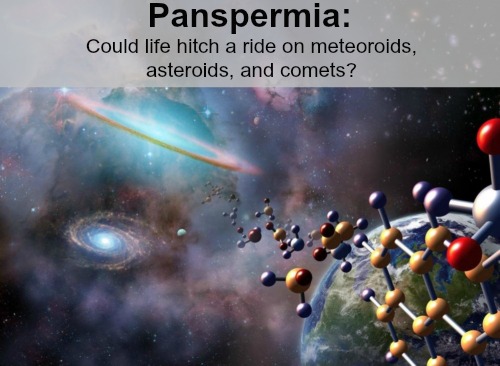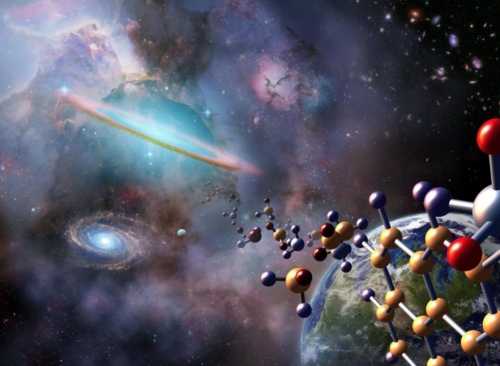

As we are all well aware, this is a fiercely debated topic. While there is convincing evidence which indicates that other planets could possibly harbor life, we still lack concrete evidence proving that there is even the simplest form of life existing on an alien planet.
However, we don’t have to look very far to find evidence which suggests that life could survive on climates that are far more hostile than what is generally found on Earth. Ultimately, Earth contains a number of extremophiles — organisms that have evolved to live in the harshest conditions — conditions that we, as humans, would consider completely inhospitable. As scientists made advancements in this field of research, they discovered creatures that survive without the presence of oxygen living down in the deepest depths of oceanic volcanoes; they found organisms that can live in subzero temperatures or survive 185F (85C) heat, and life forms that thrive with absolutely no sunlight.
These findings contradict our previous assumptions about the minimal conditions required for sustaining life. But if you weren’t blown away by how life can live in those habitats, then perhaps this creature will impress you. These miniscule creatures are known as tardigrades, and they can exist in the vacuum of space. Although these creatures can only exist here in a kind of hibernation, it is believed that they could travel throughout the cosmos, eventually crash into another plant, unfreeze themselves, and once again become fully functioning life forms (this is known as “Panspermia”).
You might be thinking that this is a little far-fetched — that this interstellar migration if highly unlikely; however, the laws of nature (as we currently know them) do not prohibit these events. Ultimately, this means that live could have arrived on Earth from a comet (it is a bit more likely that the energy created by comets smashing into Earth generated life out of the building blocks of life that those extraterrestrial objects brought…but true interstellar migration is still a possibility).

If we look at the sheer number of exoplanets that have been found in the ‘Goldilocks Zone’ (the habitable orbit where Earth-like planets could exist), we see that some of the most important conditions that are necessary for life as we know it are not all that unique in the vast expanse of the Cosmos. The fact that exoplanets in the goldilocks zone are so common indicates that at least one likely contains life, even if it is not the familiar forms that we see on Earth. In fact, probability indicates the alien life is a statistical certainty (though this does not necessarily make it true in reality). Since alien life is rather likely, it is entirely possible that life began on Earth as a result of early impact events.
This brings us to the next point: We like to think of life on our little blue planet as being special and unique; however, for the most part, we do not take into account the diversity of forms that can be constructed using the basic building blocks of life. The general requirements for life as we know it are Carbon, Oxygen, Hydrogen, Nitrogen, Magnesium and Iron. These elements are found in almost every animal on Earth. If we trace back to where these elements for life originated from, we will find they are products of Stars. Since these elements to combined to form our planet, what prevents them from forming elsewhere in the universe? Given how large the universe is (and how many planets and stars there are), life as *we* know it might actually be life as *many alien species* know it.
Before you get too carried away with the possibilities of life elsewhere in the universe, we must not forget the great distance that we observe these habitable planets from. It would take generations to reach even the nearest Earth like planets. But who knows. Maybe the star trek would be pointless. Maybe there isn’t life elsewhere in the cosmos. Maybe we are really alone in the universe. Yet, even if this is the case, it is possible that, someday, the Earth will be destroyed in a cataclysmic event…an event that sends bits of the planet hurtling throughout the cosmos. Of course, these hunks of rock could be carrying the seeds of life (maybe even some extremophiles like the tardigrade). These bits of Earth could hit other planets or moons. In so doing, they could spread life throughout the cosmos.
It is extremely unlikely, but it’s nice to know that it is at least a possibility that the end of life on Earth (and indeed, the end of the Earth) won’t necessarily mean the end of Earthlings.